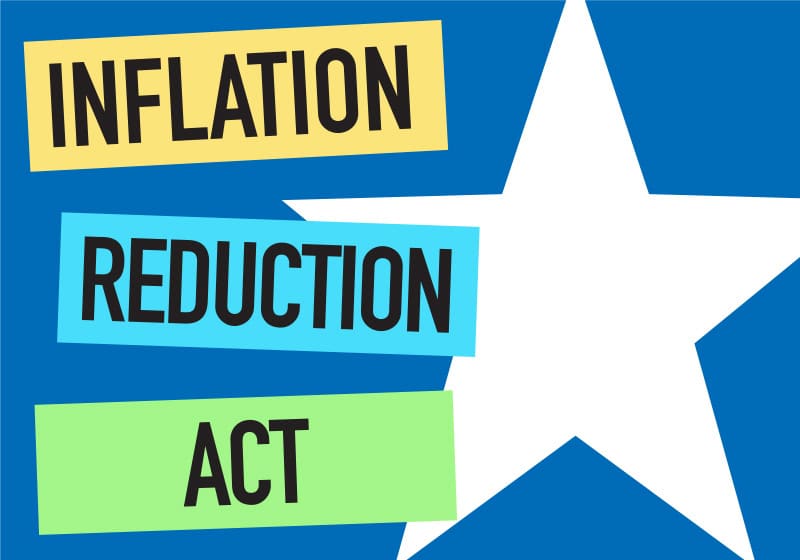The Inflation Reduction Act’s Clean Energy Boom Benefits Logistics

When the Inflation Reduction Act (IRA) was signed into law in 2022, it was widely hailed as the most important piece of U.S. climate legislation ever passed.
While the law included provisions to combat inflation and lower drug prices, the act has mostly become known for the $400 billion in funding and tax credits it offers to support clean energy and sustainability projects.
As of the writing of this article, nearly 300 major green manufacturing and clean energy projects have been announced because of the IRA. These projects have been a major contributor to the long-awaited manufacturing resurgence that’s finally happening in the United States.
As these manufacturing projects reach completion, they’ll also have an increasingly large impact on other industrial verticals. Here are some of the other sectors that will experience benefits due to the IRA.
Industrial Real Estate’s Second Wind
The industrial real estate sector experienced unprecedented demand throughout the pandemic, but that demand began normalizing over the past year. Demand for retail and ecommerce facilities has fallen from pandemic highs due to the delivery of too much new inventory, rising interest rates that made borrowing too expensive, and shifts in consumer demand.
As that demand wanes, however, demand for advanced manufacturing space is on the rise thanks to the IRA and another piece of legislation called the Creating Helpful Incentives to Produce Semiconductors and Science Act—more commonly called the CHIPS Act—which provides substantial funding and tax credits for semiconductor manufacturing. The tax credits and funding opportunities provided by these two pieces of legislation have offset the escalating cost of factory construction and made them easier to build despite inflation and the unfavorable borrowing environment.
Rebuilding the Domestic Supply Chain
Though retail often dominates headlines, industry professionals know the supply chain extends far beyond moving consumer goods between warehouses and stores or front porches. As factories spring up, there’s a pressing need to establish efficient logistics and distribution networks.
Much of that infrastructure has faded away as manufacturing moved overseas in recent decades, but now we’ll need new warehouses, industrial outdoor storage, trucking terminals, railyards, cross-docking facilities, and more.
Bolstering our domestic supply chain presence also has far-reaching benefits for the supply chain resilience that organizations have pursued since the COVID-19 pandemic. Shortening supply chains and expanding domestic production capabilities make the United States less vulnerable to consequences of severe weather, wildfires, infrastructure failures, and other Black Swan events.
Driving a New Technology Boom
The clean energy boom also contributes to logistics, supply chain, and manufacturing technology innovations. For example:
- The ongoing labor shortage faced by industrial verticals has led to interesting developments in robotics that complement workers and allow them to do more.
- Software developers are rushing to bring generative artificial intelligence technologies to market that can streamline back-office tasks, customer service, demand forecasting, route planning, and numerous other supply chain and logistics processes.
- Electric vehicles and heavy truck technologies have made significant advances that will soon help to decarbonize the supply chain.
Simply put, this is an exciting time to work in verticals like manufacturing, supply chain, and transportation. We’ll likely see even more benefits across the supply chain in years to come as IRA projects come to fruition.

